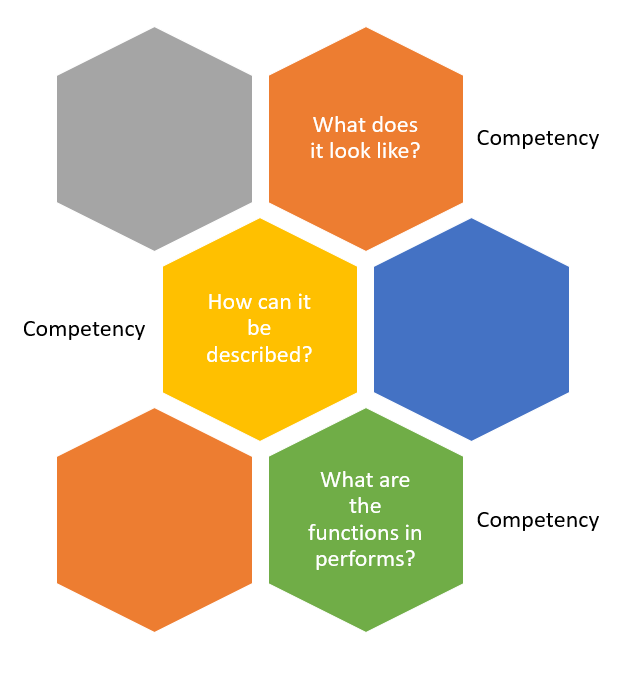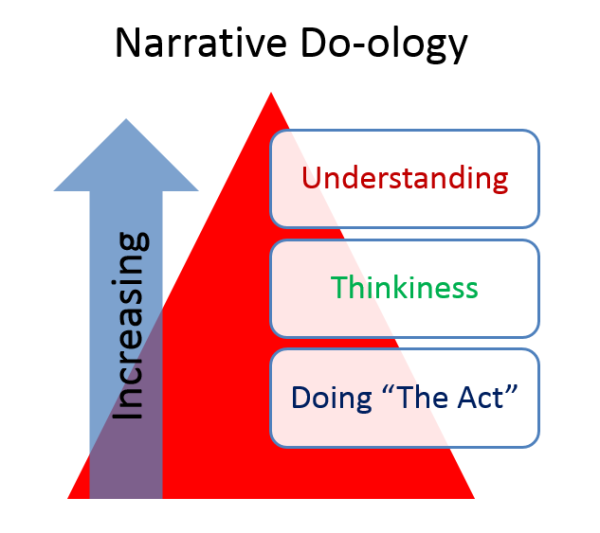
If I hold a donut and then close my eyes, does the donut still exist? If so, in what way? These questions have been bothering philosophers since time immemorial when the very first donut was gingerly removed from a camp fire and quickly dropped by singed fingers on to a suitably crafted serving platter made out of rock or palm fronds or whatever they had back then. One of the conversations of philosophy is when we realise that the things we think about are things that other people have thought about too, often stretching way back into the olden days.
When I facilitate philosophical discussions with elementary school students, I make this point and I can tell they appreciate it from the faraway look in their eyes. Deep, I know. Deep like the riverbed. Deep like the snow. Sometimes, I cannot stop philosophising!
What I have found recently, however, is a growing trend to be dismissive of creative and complex pedagogies. ‘What evidence of effectiveness is there for primary school philosophy classes?’ I am asked more frequently than what I used to be, exposing a sorry lack of sophistication and nuance from nascent emerging educational practitioner-facilitators.
The thing is, I have read all the papers, I have. I can quote more of the ‘science’ that these simple souls rely on than they can. I have forgotten more about cognition than they will likely ever know. What did you say? What were you asking? Where are we? Who are you? Oh, thanks.
I did a PhD and wrote a book on this stuff years ago. Its just not simple. Creating false dichotomies, drawing up ‘sides’ in a ‘debate’ is just a strategy to gain attention. Let’s face it, there are those of us who understand nuance and can sit above these positions and there are those who are a bit simple and limited. You are either one or the other. Given my expertise in this area, you are better off listening to me and what I know.
Because, when you think about it, what constitutes a human mind? Is it the fatty tissue inside a skull? Is the donut, about to be consumed, a part of the mind? What about when it’s inside me, turning into poop? Because the silly naivete of Descarte’s mind-body dualism cannot explain how we are in the world. I am me. I am grey matter. I am donut. I am poop.
The ‘cognitive science’ that advocates draw upon in their spittle-flecked polemics against complex instruction is far too simplistic. It is both trivial and obvious – something we have all known about forever – at the same time as being completely wrong. The mind is not like a computer. It does not run a programme. There is no bit of the brain that can be carved out with a scalpel and served up as the supposed ‘working memory’. OK, so advocates don’t actually claim any of these things but I know what they mean and you do too.
These people want us all marching along to a drumbeat in class. They want us reading from a script. They want to engage students in factual recall for some of the time. I refuse. I will never ask a closed question. I will not be told how to teach by these people. They are reductive and simplistic. They create binaries and false dichotomies. We know better and that good teaching encompasses everything – including their techniques which are not new, are well known and everyone uses them all the time already – and cannot be reduced to a set of absolutes.
If you find yourself, as I have, in a room or a Zoom meeting, explaining the huge benefits of the many beautiful frameworks for teaching, with different names and different authors, that all seem to point in the direction of children working things our for themselves, and you are attacked – attacked! – by one of these reductive disciples of ‘randomised controlled trials’ or ‘evidence’ then I suggest you turn the tables, throw the elephant in the room right back at them and ask, ‘What even is the mind?’









